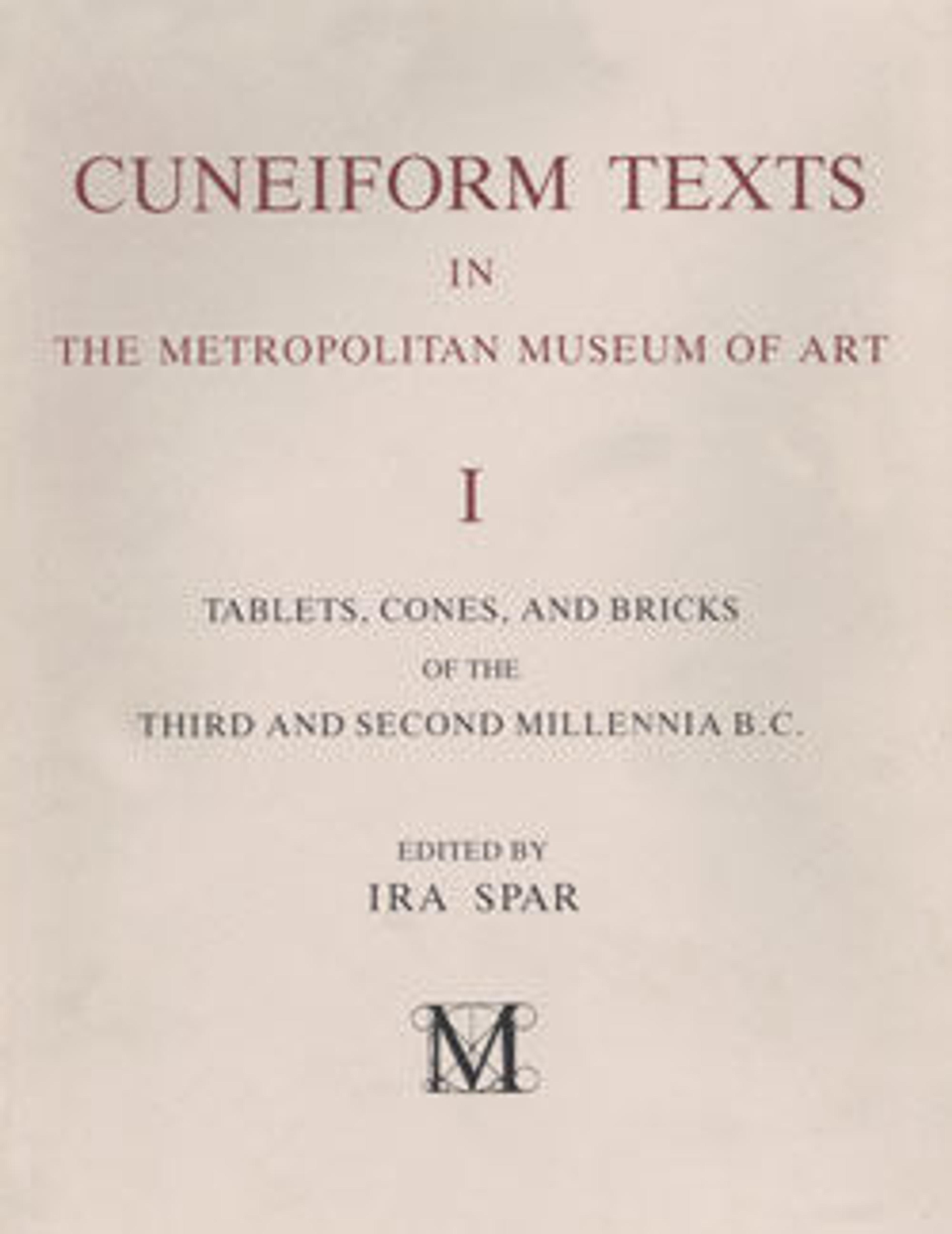Cuneiform tablet: private letter
Small enough to be portable and durable when dried, clay tablets allowed for the transmission of information across time and space. Although different scripts and languages could be impressed into the clay using a reed stylus, this method of writing was most often used to create texts in the cuneiform script and Akkadian language.
In this letter, a man named Marduk-mushallim writes to his superior to give a report on the implementation of order from a king – probably Ammisaduqa, a king of Babylon. Written several decades before the collapse of the Babylonian state, this unusual letter hints at the unrest that prefigured, and may have contributed to, the state’s eventual downfall. In this letter, and a few others like it, trouble comes from the countryside, rather than within particular cities. According to Marduk-mushallim, the king wants to increase security around the city of Sippar-Yahrurum (to the north of Babylon), in part to protect livestock from hostile troops. Marduk-mushallim warns that the king’s orders are not being implemented – particularly the closing of the city gate during the night hours.
In this letter, a man named Marduk-mushallim writes to his superior to give a report on the implementation of order from a king – probably Ammisaduqa, a king of Babylon. Written several decades before the collapse of the Babylonian state, this unusual letter hints at the unrest that prefigured, and may have contributed to, the state’s eventual downfall. In this letter, and a few others like it, trouble comes from the countryside, rather than within particular cities. According to Marduk-mushallim, the king wants to increase security around the city of Sippar-Yahrurum (to the north of Babylon), in part to protect livestock from hostile troops. Marduk-mushallim warns that the king’s orders are not being implemented – particularly the closing of the city gate during the night hours.
Artwork Details
- Title:Cuneiform tablet: private letter
- Period:Old Babylonian
- Date:ca. 1632 BCE
- Geography:Mesopotamia, probably Sippar-Yahrurum (modern Tell Abu Habba)
- Culture:Babylonian
- Medium:Clay
- Dimensions:9.2 x 5.2 x 2.6 cm (3 5/8 x 2 x 1 in.)
- Credit Line:Purchase, 1886
- Object Number:86.11.111
- Curatorial Department: Ancient West Asian Art
More Artwork
Research Resources
The Met provides unparalleled resources for research and welcomes an international community of students and scholars. The Met's Open Access API is where creators and researchers can connect to the The Met collection. Open Access data and public domain images are available for unrestricted commercial and noncommercial use without permission or fee.
To request images under copyright and other restrictions, please use this Image Request form.
Feedback
We continue to research and examine historical and cultural context for objects in The Met collection. If you have comments or questions about this object record, please contact us using the form below. The Museum looks forward to receiving your comments.
